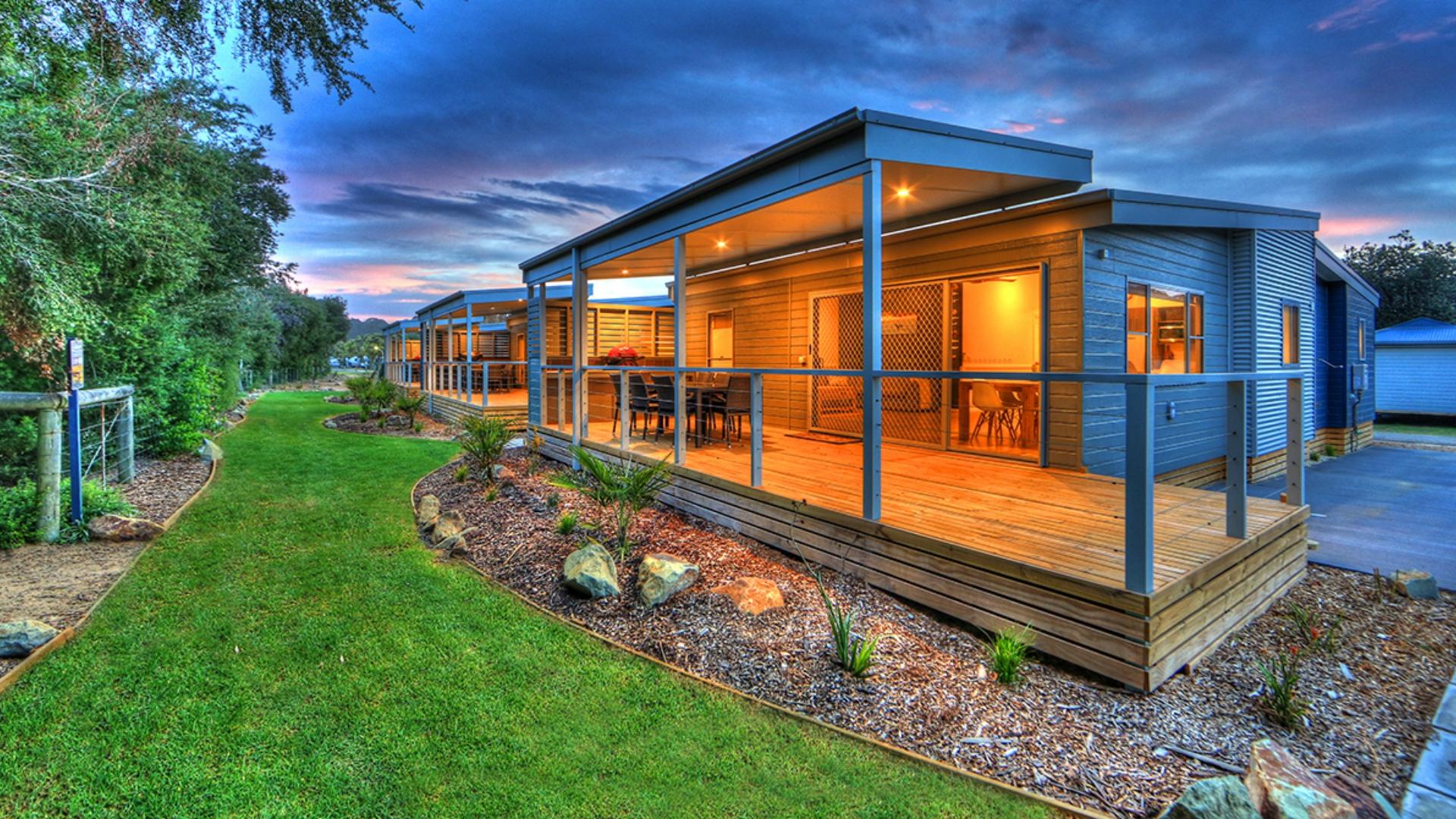Hotel website design is one of the core components of a successful business model and can play a pivotal role in your growth.
Your website is a visual representation of your hotel brand and a great one can attract customers and convert sales, while a subpar site can do the opposite. But how can you make sure that your hotel website is ticking all the boxes? Let’s dive in and uncover the five best practices for hotel website design.
5 Best Practices for Hotel Website Design
1. Simple navigation
No matter the business, navigation is the most important ingredient in cooking up the perfect hotel website design. If your customers can’t find their way around, how will they ever make it to your checkout? It’s pretty obvious, but you’d be surprised at the number of businesses who get this simple step all wrong.
We know a whole lot about effortless navigation, so we’ve created a quick, foolproof recipe that’s easy for everyone to follow:
- Always place your logo at the top left of your site. People naturally consume information left to right, meaning a perfectly-placed logo will be the very first thing your customers see, establishing your identity from the get-go.
- Link your logo to your home page so your customers can quickly navigate back to the most important page on your site and easily start navigating from scratch if they ever delve a little too deep.
- Create a well-structured menu. Make sure that your page titles are easily recognisable and categorised clearly so your site visitors can quickly find the content they’re looking for.
- Place all the most important information, including calls to action, at the top of each page. Keeping the best stuff above the fold means that your customers can digest it all straight off the bat without needing to scroll down. This is especially important now that so many of us are using our phones to book accommodation online (more on that later).
2. Seamless visuals
With hotel website design, first impressions count. Curating a design that represents your brand is vital, as is choosing a format that does wonders for user experience. With one look, your site should bring your business to life. Make sure to mirror your brand colours, highlight your logo, keep things consistent with typography, and focus on accentuating the unique look and feel of your business across all pages.
People generally favour visual stimulus over text-heavy content, so be sure to take advantage of high-quality images and videos to draw your customers in and keep them engaged. The written content is the icing on the cake. Keep your copy succinct, simple, and straight-up, focussing on the key points you want to get across.

3. Mobile responsiveness
A responsive, mobile-friendly hotel website is absolutely essential for user experience and converting customers. Mobile internet use has grown by a whopping 504% since 2011 (Quartz), and more people than ever before are using their phones to make accommodation bookings online. So yeah it’s pretty important to make sure your website design is compatible with more devices than your standard PC.
Want to know more about the importance of a mobile-friendly website?
Check out these blogs:
How to Eliminate Dead Ends and Reduce Abandoned Bookings
How Millennials are Changing the Travel Industry
4. A user-friendly Booking Engine
No hotel website design is complete without a seamlessly integrated Online Booking Engine. Utilising a Booking Engine that’s easy for your guests to use (and easy for you to manage in the backend) is vital in a market controlled by popular Online Travel Agents. Most customers will browse options on household-name booking channels, then head to your site to get a better feel for your property and potentially snag a great deal by booking through you directly. If you can offer them a seamless online experience with all the added bells and whistles not available through the OTA, you’ll guarantee yourself more direct sales and save on third-party costs. NewBook’s All-In-One Booking Engine allows you to take commission-free reservations through your own site, with customised branding, interactive maps, activities and add-ons, and so much more.
5. Speedy loading times
Load time can make or break your website. This final step is often overlooked, but oh so important. In fact, one in four people will actually abandon your site if it takes more than four seconds to load (Monaghan). Yep, four seconds! Even more shockingly, a seemingly tiny delay of one second will reduce customer satisfaction by 16%! We told you this was important. When it comes to making an online booking, loading time is potentially even more vital. With so many booking options out there, why would a customer grit their teeth through the frustration of your slow site when they could easily switch to another?
There are a few factors that can impact your site speed:
- The server your website is hosted on
- The size of the files on your site, like images and videos
- The browser the customer is using
- The plugins used on your site
- Traffic volume (the number of people viewing your site)
- Internet connection speed
If you want to know how to optimise your site speed, chat to the experts in our NewBook Creative team!.
NewBook Creative
NewBook Creative has decades of experience in hotel website design and other creative services for the hospitality and tourism industry. They have the knowledge and skills to design websites that not only provide a winning user experience but also help you convert more bookings online.

